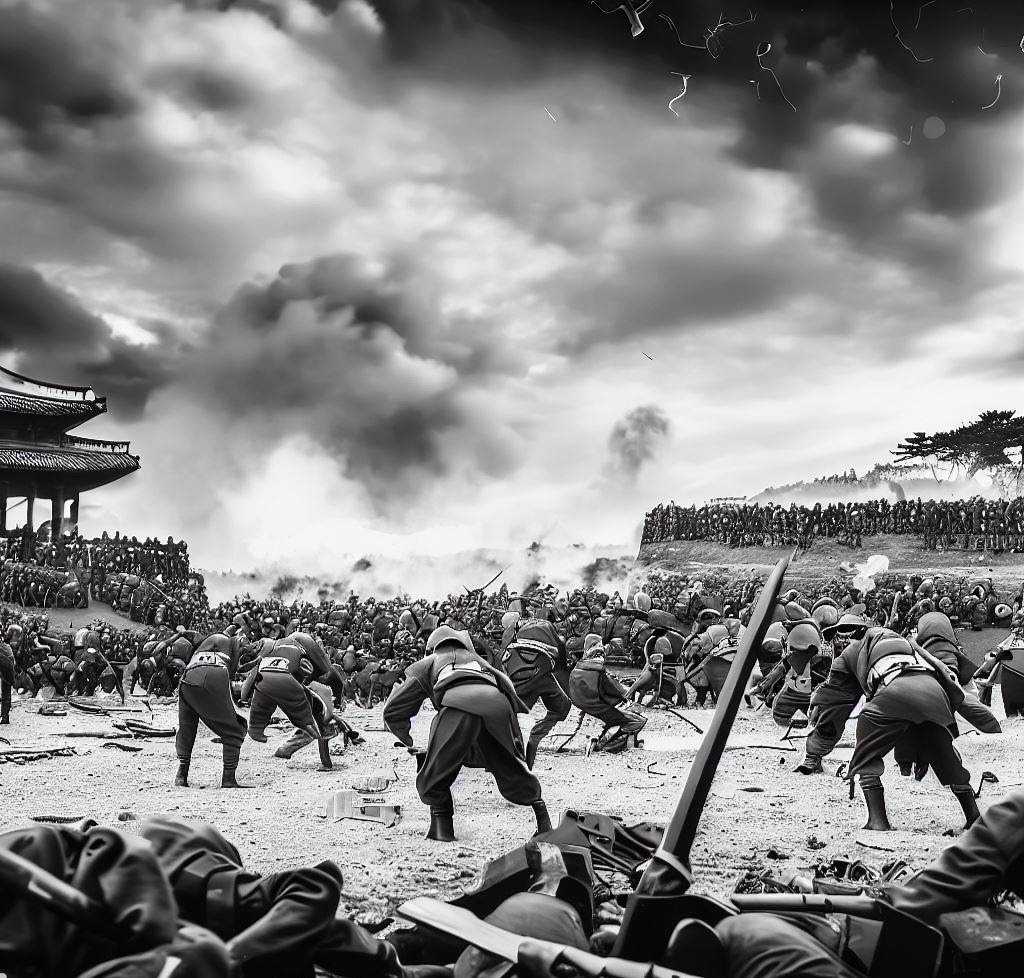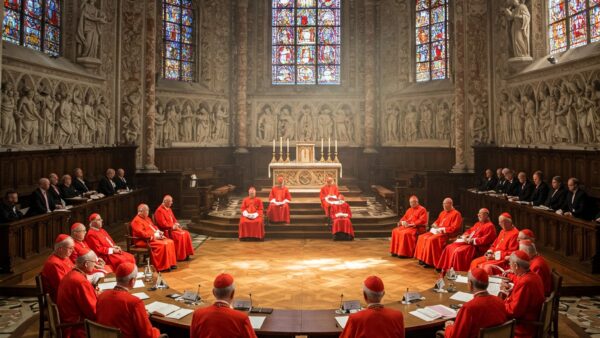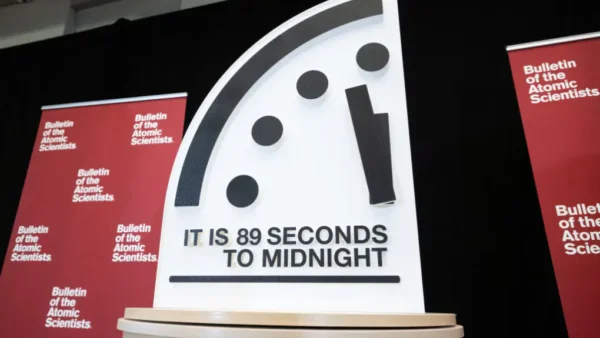North and South Korea
The Divided Peninsula: Understanding the Impact of the Korean War
It was a hot summer day on June 25th, 1950 when the North Korean army launched a surprise attack across the 38th parallel, initiating the bloody conflict that would come to be known as the Korean War. What began as a localized clash between the communist North and democratic South soon engulfed the entire Korean peninsula and drew in global superpowers, transforming it into one of the earliest proxy battles of the Cold War. Over the following three years, brutal fighting resulted in immense destruction and loss of life as the North pushed down the Korean peninsula before American and UN forces rallied to intervene.
Ultimately, an armistice in 1953 brought an uneasy ceasefire, but the peninsula remained bitterly divided along ideological lines. What impact did this war have on the people and geopolitics of Korea and beyond? Let us examine the profound and lasting consequences wrought by this turbulent period in modern history.

The Communist North and Capitalist South
The roots of the conflict can be traced back to Japan’s surrender in 1945 and the ensuing division of Korea. As Soviet and American occupation forces withdrew, two distinct regimes emerged – the totalitarian communist dictatorship in the North led by Kim Il-sung and the fledgling democratic republic in the South. Tensions steadily rose as Kim pushed to consolidate power over the entire peninsula. The North’s invasion in 1950 was an attempt to seize the South by force and implement communism nationwide.
While the North enjoyed early success against unprepared Southern forces, the swift US-led UN intervention shifted the momentum. Still, brutal fighting continued as the Communists pushed their advantage before the tide turned. By 1953, an estimated 3 million lives had been lost on both sides in some of the bloodiest battles of the war. The human cost was staggering, leaving deep psychological scars.
A Divided Peninsula Emerges
The armistice split Korea along the 38th parallel, much as it had been prior to the war. However, the ideological rift now completely divided families and communities. Two antagonistic regimes were firmly entrenched – North Korea under the autocratic rule of Kim Il-sung pursuing economic communism and South Korea aligned with Western capitalism.
The split wrought havoc on human relations. Countless Koreans endured the pain of separation from loved ones trapped on the opposite side. Families were torn apart without hope of reunion for decades. This deep psychological wound contributed to lingering resentment between the two societies. Even today, Korea remains one of the most heavily guarded borders in the world due to ongoing tensions.
Shaped by Conflict
The Korean War had profound and long-lasting impacts on shaping the trajectories of both North and South Korea. In the repressive North, Kim consolidated totalitarian power by purging opposition and embracing a cult of personality. Militarization became the top priority, diverting resources from economic development. International isolation soon set in due to belligerent rhetoric.
Meanwhile, South Korea benefited tremendously from foreign aid and American commitment to anti-communism. Rapid industrialization took off through export-focused industries like shipbuilding and electronics. Democracy gradually took root as a succession of leaders transitioned power. South Korea transformed from postwar ruins into one of Asia’s economic powerhouses in just a few decades.
Proxy Warfare Intensifies Cold War Tensions
On the global stage, Korea became a pivotal proxy conflict between communism and capitalism. The US intervened to defend South Korea, perceiving it as a crucial bulwark against the further spread of Soviet influence in Asia. Beijing also threw its support behind Pyongyang due to shared communist ideology.
This superpower involvement elevated the stakes and prolonged fighting, deepening postwar divisions. America doubled down on containing communism through alliances like NATO and SEATO. Meanwhile, Moscow and Beijing’s backing of North Korea reflected their desire to challenge American dominance globally. The war’s bitter inception and consequences served to intensify Cold War animosities for decades to follow.
Lessons in Conflict Resolution
Though a ceasefire ended active warfare, no peace treaty was ever signed. The DMZ established along the 38th parallel has stood as a vivid physical and political divider ever since. For the international community, Korea highlighted both the potential for and shortcomings of collective security through the nascent UN. It demonstrated how proxy conflicts can spiral out of control when great powers intervene.
Most importantly, the human cost of this “forgotten war” served as a sobering reminder of conflict’s devastating toll. The example of Korea’s division drove nations to explore diplomatic options to resolve tensions, like dialog and disarmament, with the aim of preventing further catastrophe. Even today, Korean reunification remains an aspiration rather than reality. Still, open communication continues, keeping hope alive for peaceful resolution.
The Legacy Continues
Over seven decades since the outbreak of war, Korea remains one of the most sensitive flashpoints in Asia due to the military standoff. Both sides posture with advancing arsenals even as diplomatic relations have warmed. Millions of families still hopeful for reunions are kept painfully apart.
Nonetheless, South Korea has emerged as a global economic powerhouse, showcasing what development and cooperation can achieve. Its story reminds us that despite conflict’s capacity for division, reconciliation remains possible through compassion. As tensions linger, Korea’s experience continues teaching valuable lessons about humanity’s shared hopes for justice, prosperity and peace that transcend ideological lines…

Originally posted 2023-09-18 14:43:35.




